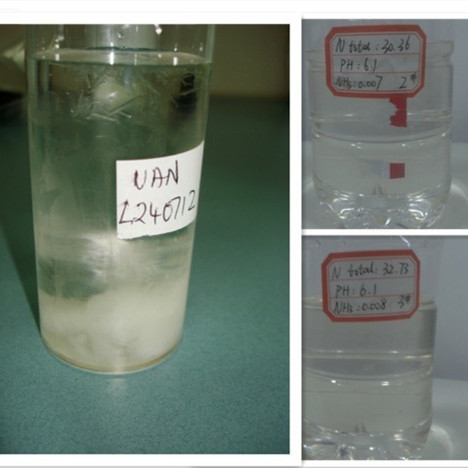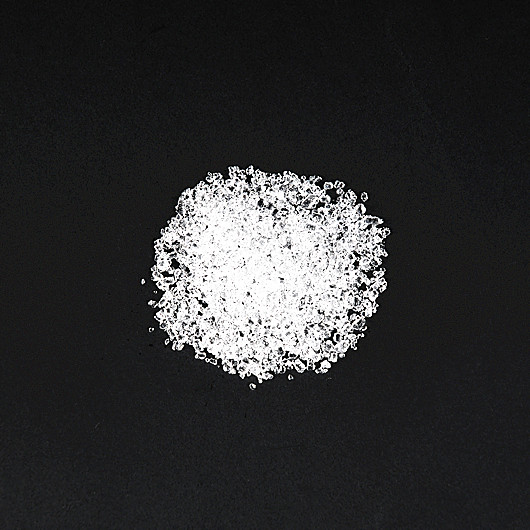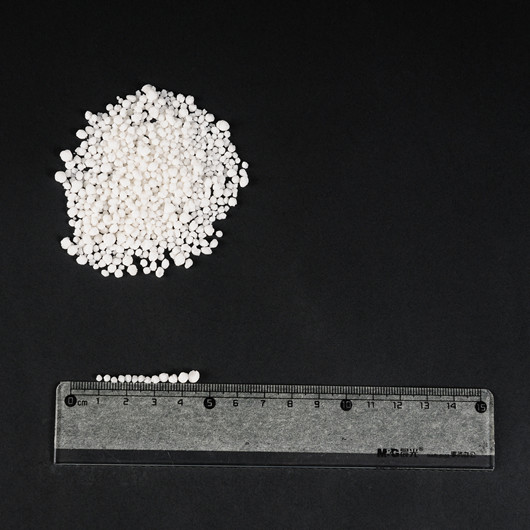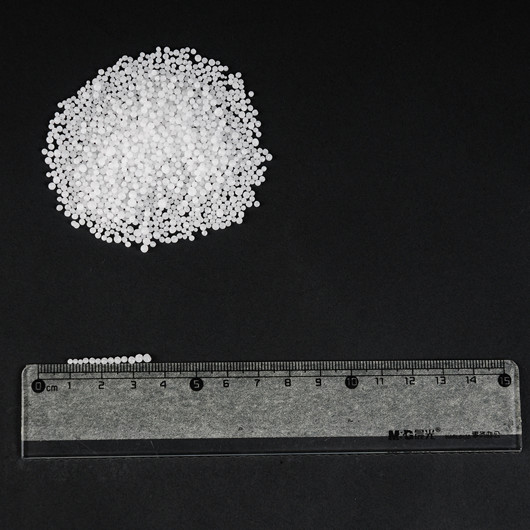Chemical Pure Ammonium Nitrate (CPAN) is a highly versatile chemical compound with applications in agriculture, mining, and industrial processes. Known for its high nitrogen content, CPAN is a preferred choice in fertilizers and explosives manufacturing. This article provides an in-depth analysis of CPAN, including its properties, uses, safety measures, and market trends, while ensuring optimal SEO keyword density for terms like "Chemical Pure Ammonium Nitrate," "CPAN uses," and "Ammonium Nitrate properties."
1. What is Chemical Pure Ammonium Nitrate (CPAN)?
Ammonium nitrate (NH₄NO₃) is a white crystalline solid composed of ammonium and nitrate ions. The Chemical Pure (CP) grade refers to a highly refined form with minimal impurities, making it suitable for sensitive applications like laboratory use and high-grade fertilizers.
Key Properties of CPAN
| Property | Value |
|---|---|
| Chemical Formula | NH₄NO₃ |
| Molar Mass | 80.043 g/mol |
| Density | 1.725 g/cm³ |
| Melting Point | 169.6°C (337.3°F) |
| Solubility in Water | 150 g/100 mL (0°C), 1024 g/100 mL (100°C) |
| Nitrogen Content | 34-35% |
| pH (10% solution) | ~5.4 (slightly acidic) |
CPAN is hygroscopic, meaning it absorbs moisture from the air, requiring proper storage conditions.
2. Production of CPAN
CPAN is synthesized through the neutralization reaction of ammonia (NH₃) and nitric acid (HNO₃):
NH₃ + HNO₃ → NH₄NO₃
The process involves:
Neutralization: Ammonia gas reacts with nitric acid.
Concentration: The solution is evaporated to form a melt.
Prilling/Granulation: The melt is solidified into prills or granules.
Coating: Anti-caking agents are added to improve stability.
High-purity CPAN undergoes additional purification to remove contaminants like sulfates and chlorides.
3. Applications of CPAN
A. Agriculture (Fertilizers)
CPAN is a key component in nitrogen-based fertilizers due to its:
High nitrogen content (34-35%)
Quick solubility in water
Balanced nitrate and ammonium nitrogen release
Advantages over urea:
Less volatile (reduced nitrogen loss)
Better soil absorption
B. Mining and Explosives
CPAN is a critical ingredient in ANFO (Ammonium Nitrate Fuel Oil) explosives, widely used in mining and quarrying due to:
High stability (when pure)
Cost-effectiveness
High gas expansion upon detonation
C. Industrial and Laboratory Uses
Cold packs: Due to its endothermic dissolution in water.
Pyrotechnics: Used in safety explosives and fireworks.
Chemical synthesis: Precursor for nitrous oxide (N₂O).
4. Safety and Handling of CPAN
Ammonium nitrate is classified as an oxidizer and can pose risks if mishandled.
Key Safety Measures
✅ Storage: Keep in a cool, dry, well-ventilated area away from flammables.
✅ Avoid Contamination: Contact with organic materials can increase explosion risk.
✅ Fire Safety: Use large amounts of water (not extinguishers) for fires.
✅ Regulatory Compliance: Follow OSHA, EPA, and ATF guidelines.
Hazards of Improper Handling
Explosion Risk: Under high heat or confinement, CPAN can detonate.
Decomposition: Releases toxic gases (NOₓ) at high temperatures.
5. Market Trends and Demand for CPAN
The global ammonium nitrate market was valued at USD 16.5 billion in 2023 and is projected to grow at 4.2% CAGR (2024-2030).
Key Market Drivers
✔ Agriculture Boom: Increasing food demand boosts fertilizer use.
✔ Mining Expansion: Rising demand for explosives in coal and metal mining.
✔ Industrial Growth: Use in specialty chemicals and cold packs.
Leading Producers
| Company | Country | Market Share (%) |
|---|---|---|
| Yara International | Norway | 18% |
| CF Industries | USA | 15% |
| EuroChem | Russia | 12% |
| Orica | Australia | 10% |
6. Environmental Impact and Regulations
A. Environmental Concerns
Water Pollution: Nitrate leaching can contaminate groundwater.
Greenhouse Gas Emissions: Decomposition releases N₂O, a potent GHG.
B. Regulatory Framework
USA: Regulated by ATF (explosives) and EPA (environmental impact).
EU: Classified under REACH and CLP regulations.
India: Requires licenses under Explosives Act, 1884.
7. Future of CPAN: Innovations and Alternatives
A. Enhanced Fertilizer Blends
Slow-release coatings to reduce environmental impact.
Nano-fertilizers for better nutrient efficiency.
B. Safer Explosive Formulations
Additive-stabilized ANFO to minimize accidental detonation.
C. Green Ammonium Nitrate
Carbon-neutral production using renewable energy.
Conclusion
Chemical Pure Ammonium Nitrate (CPAN) remains a vital chemical in agriculture, mining, and industry. With proper handling, it offers immense benefits while posing manageable risks. As demand grows, innovations in production and environmental safety will shape its future.
San Corporation – Your Trusted Supplier of Chemical Pure Ammonium Nitrate (CPAN)
San Corporation specializes in the production and global distribution of high-purity Chemical Pure Ammonium Nitrate (CPAN), serving industries in agriculture, mining, and explosives manufacturing. Our CPAN (NH₄NO₃) meets strict quality standards, ensuring optimal performance in fertilizers, ANFO explosives, and industrial applications. With reliable supply chains and competitive pricing, we welcome clients worldwide to partner with us for premium-grade ammonium nitrate solutions.
Why Choose San Corporation?
✅ High-purity CPAN (34-35% nitrogen content)
✅ Strict quality control & safe packaging
✅ Global export expertise
✅ Competitive bulk pricing
Contact us today for inquiries and orders!



